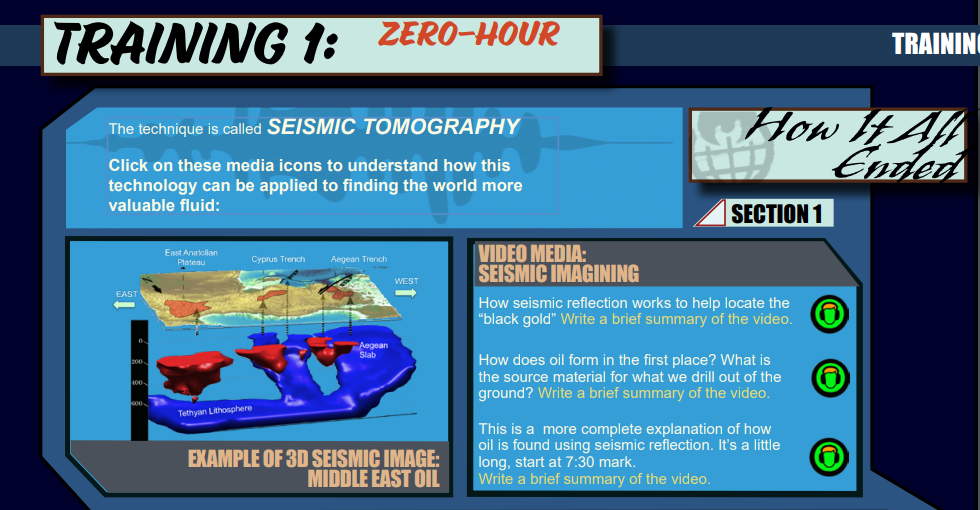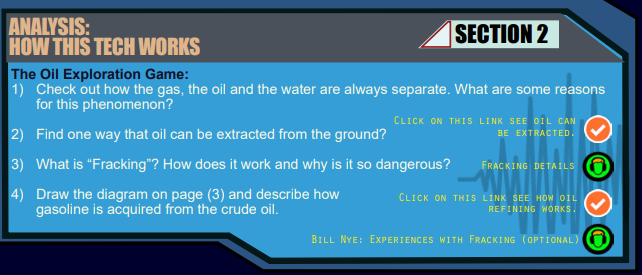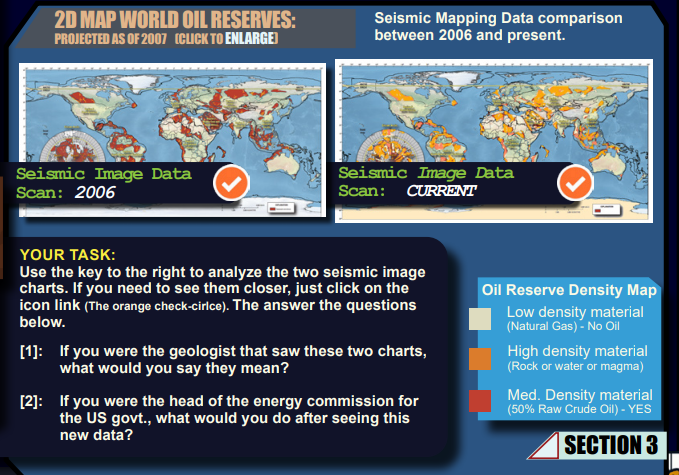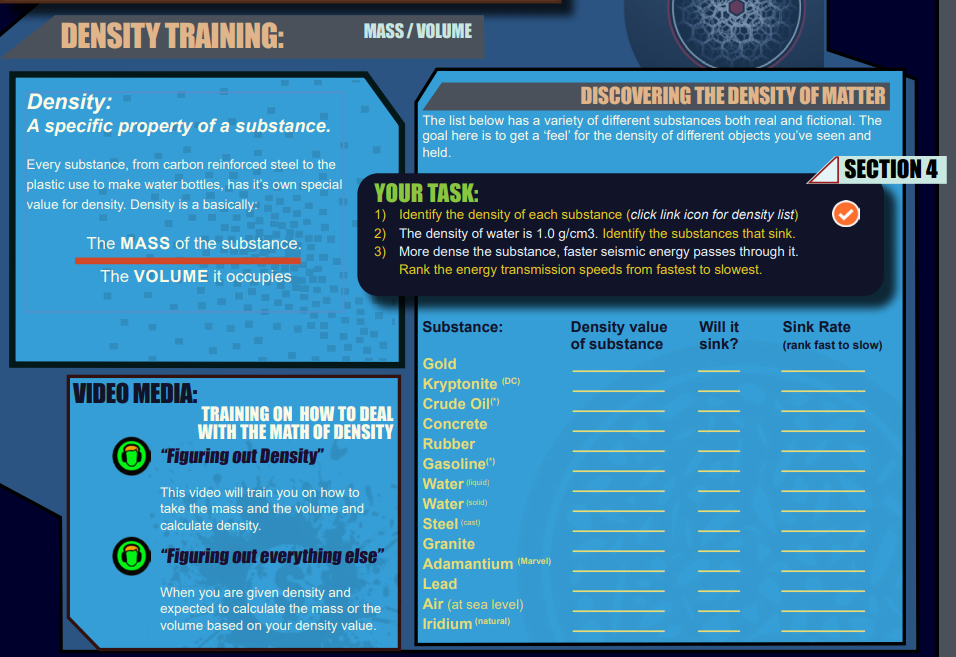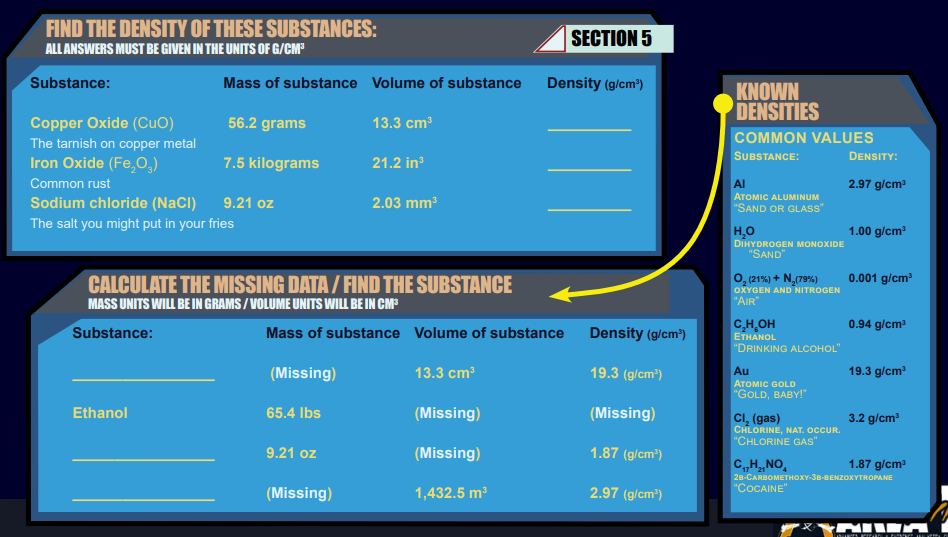A note before beginning:
America as well as the rest of the world has been told that the oil resources are finite and that they are quickly running out. Once the oil is gone there is no replacing it. There is little doubt that either of those ideas are going to come to pass. However, the bigger question lies with the fate of the United States. You see, the US has a very interesting relationship with oil and some of it’s biggest producers. Starting back during the Nixon administration, Richard Nixon drew 7 of the most oil-wealthy countries together in something called OPEC. This accord offered US military protection in exchange for one simple thing. Sell all of their oil in dollars and profits would be rolled into US treasury bills. Seemed innocent enough, the evolution of the petrodollar began from innocent roots. Eventually, decades later, it’s the single most important economic policy in the US. It allows the US to mint all the money it wants for nothing and buy real goods. The great economic leverage ever was born out of oil. To take it away or to challenge the sovereign dollar’s international reserve currency status was to court political or actual death. Just ask ‘ol Saddam Hussein, he”ll tell you. Or rather he won’t because he did all those things and what resulted was an all out effort to have the man removed from power, but I digress.
Imagine what would happen to the US economy if we found out tomorrow that ALL the oil was gone, we had been lied to, and the US dollar wasn’t worth the paper it was printed on to spend. The entire country would crumble into utter chaos. A chaos that would make COVID-19 look like a high school fire drill. Gas would be $300.00 a gallon, no one could afford to do anything! Stores would be raided, martial law declared, Eventually the consequences of a system-wide shutdown would lead to a collapse social services like police, fire, and medical facilities. This collapse would lead to malaria outbreaks, and the world wide pasteurization of every major virus on Earth. It would be OUTBREAK city! Hot Zones filled with friends and relatives would clamor for your support from the outside world. Will you help? Do you have the skills to save the people you love?
Section ONE: (Est. Time =25 min)
The thinly drawn shade & and the foreshadow of disaster.
NOTE: There are no Director Briefing Icons on these documents at this time. More explicit directions will need to be given to the students.
The concept of using vibrations and sound waves to detect variances in material density has been used for a while now. However, the techniques have been getting better and more localized.
This section describes how seismic tomography works, how it’s used to find oil and how the discovery of having no more oil left created a couple tiny teeny problems.
Answers to Section 1 Questions:
- Video [1]: The video clip accessed through the media icon demonstrates the fundamentals of seismic tomography. The vibrations travel at different velocities and reach the target sensors slower if the vibrations pass through something like crude oil.
— - Video [2]: Crude oil is the result of biological material trapped in an oxygen free environment over millions of years which caused bacteria to break the dead organic matter down into various hydrocarbons.
— - Video [3]: The use of high frequency sound waves would not pass through but rather bounce off of the various organic materials. The video uses an ultrasound on a baby as an example or metaphor to describe how seismic reflection functions to find oil. The technique is used to identify different geological layers underground and at what depth.
Section TWO: (Est. Time =25 min)
How is oil take from the ground once it’s located?
NOTE: There are no Director Briefing Icons on these documents at this time. More explicit directions will need to be given to the students.
Once one has found the oil, how is it recovered. Part of the reason you have cheap gasoline right now is because the use of a very risky practice called “Fracking” has helped the US become less dependent on international oil reserves.
Answers to Section 2 Questions:
- Oil and water will ALWAYS separate no matter how hard you shake the container or vibrate. The reason for this stems from the types of atoms the materials are made from and the geometric structure of molecules themselves. The more electrically charged a substances is the more likely it will dissolve into water and NOT into oils because they are NON-POLAR. Meaning, they do not have any sort of electrical charge built up anywhere on the molecule.
— - Drilling – essentially making mini-oil volcanoes where the oil is broken free from the ground. Fracking which uses hydrolic pressure to crush the ground from below in a variety of different directions, releasing the gas and oil to be collected through additional drilling.
— - Fracking poses a HUGE risk to underground fresh water supplies. Very little bits of crude oil (not to mention the toxic chemicals used in the fracking solution) can contaminate millions of gallons of fresh water.
— - (Student draws the diagram) – demonstrates the distillation process. At this point, they will have seen this technique before.
Section TWO: (Est. Time =25 min)
The MAP of the OIL reserves
NOTE: There are no Director Briefing Icons on these documents at this time. More explicit directions will need to be given to the students.
Note the colors, what they stand for and compare and contrast the differences between the two maps. One was done in 2006, the other is said to have been done very recently.
Note that the red material is the medium density crude oil locations.
Answers to Section 3 Questions:
- One of the charts, the one from 2006 indicates that there is a large quantity of medium density material (crude oil) in many locations of the map. The second map, the one on the right shows that most of that crude oil is gone.
— - If you were in charge and being presented this, the likely response would be to “go check this again”. Then, I would need to see the president and prepare the nation for some very bad news. (Answers may vary).
Section FOUR: (Est. Time =25 min)
The MAP of the OIL reserves
NOTE: There are no Director Briefing Icons on these documents at this time. More explicit directions will need to be given to the students.
Seismic tomography works because different materials have different densities. The goal of this section is to identify the the densities of the various materials. Water works as a sort of neutral value at 1 g/cm3. Anything less than that will float and anything more will sink.
Students will first use the “Check it out” icon to show the list of materials. The more dense the element is the faster the seismic wave will pass through it. We will be ranking the energy transmission rates for each of the substances from FASTEST to SLOWEST [Highest density to Lowest]
Answers to Section 4 Questions:
The correct order of from most dense to least is:
- Iridium – 22.56 g/cm3 – SINK = YES – VERY FAST sink rate
- gold – 19.29 g/cm3 – SINK = YES – VERY FAST sink rate
- Adamantium – 18.5 g/cm3 – SINK = YES – VERY FAST sink rate
- Lead – 11.34 g/cm3 – SINK = YES – VERY FAST sink rate
- Brass – 8.55 g/cm3 – SINK = YES – FAST sink rate
- Steel – 7.85 g/cm3 – SINK = YES – FAST sink rate
- Kryptonite – 4.55 g/cm3 – SINK = YES – FAST sink rate
- Granite 2.69 g/cm3 – SINK = YES – FAST sink rate
- Concrete 2.37g/cm3 – SINK = YES – FAST sink rate
- Rubber – 1.52 g/cm3 – SINK = YES – SLOW sink rate
- Water (liquid) – 1.00 g/cm3
- Water (solid) – 0.91 g/cm3 – FLOAT = Rest at surface
- Crude Oil – 0.78 g/cm3 – FLOAT = Rest at surface
- Gasoline – 0.72 g/cm3 – FLOAT = Rest at surface
- Air (mix of [N] & [O]) – 0.0012 g/cm3 = Fly away
Section FIVE: (Est. Time =25 min)
Data and the Density
NOTE: There are no Director Briefing Icons on these documents at this time. More explicit directions will need to be given to the students.
Density calculations forwards and backwards, solving for unknowns.
Answers to Section 5 Questions:
- Copper Oxide (CuO) – 4.22 g/cm3
- Iron Oxide (Fe2O3) – 0.35 Kg/In3
- Sodium Chloride (NaCl) – 4.54 oz/mm3
— - Gold (blank spot) Mass = 2567 g
- Ethanol // Volume = 31,557 cm3 // Density = 0.94 g/cm3
- Cocaine (blank spot) // (blank spot) Mass = 4177 g // Volume = 2,234 cm3
- Aluminum (blank spot) Volume = 1,432,500,00 cm3 // Mass = 482,323,000 g

